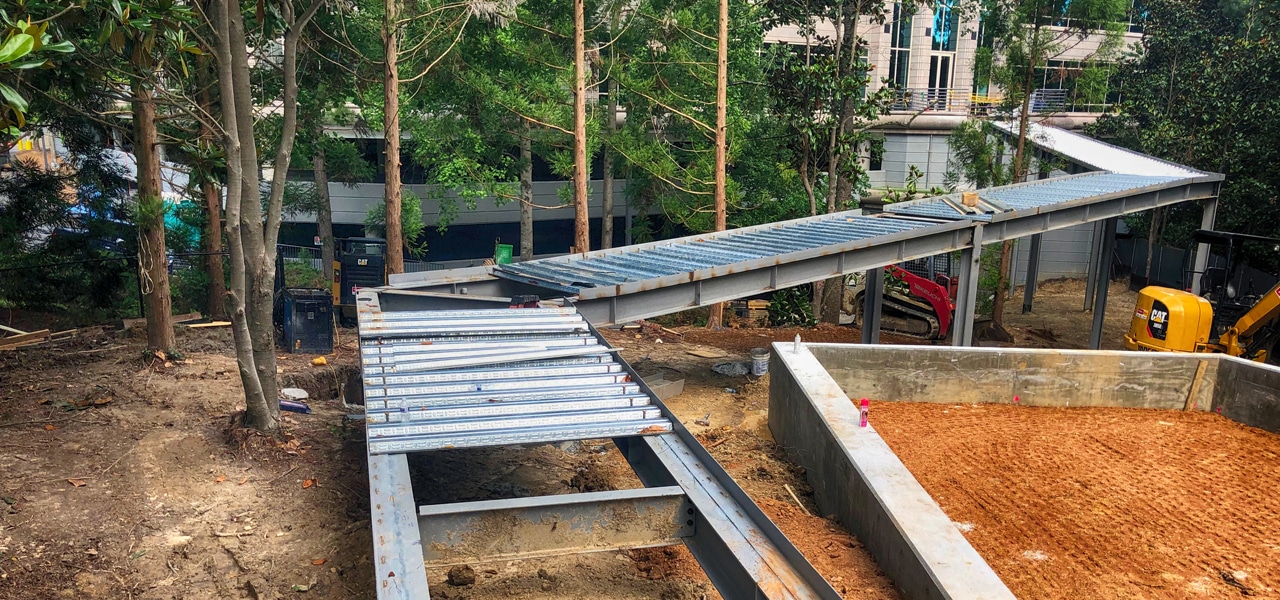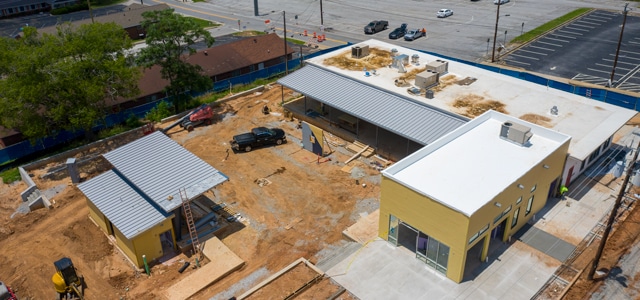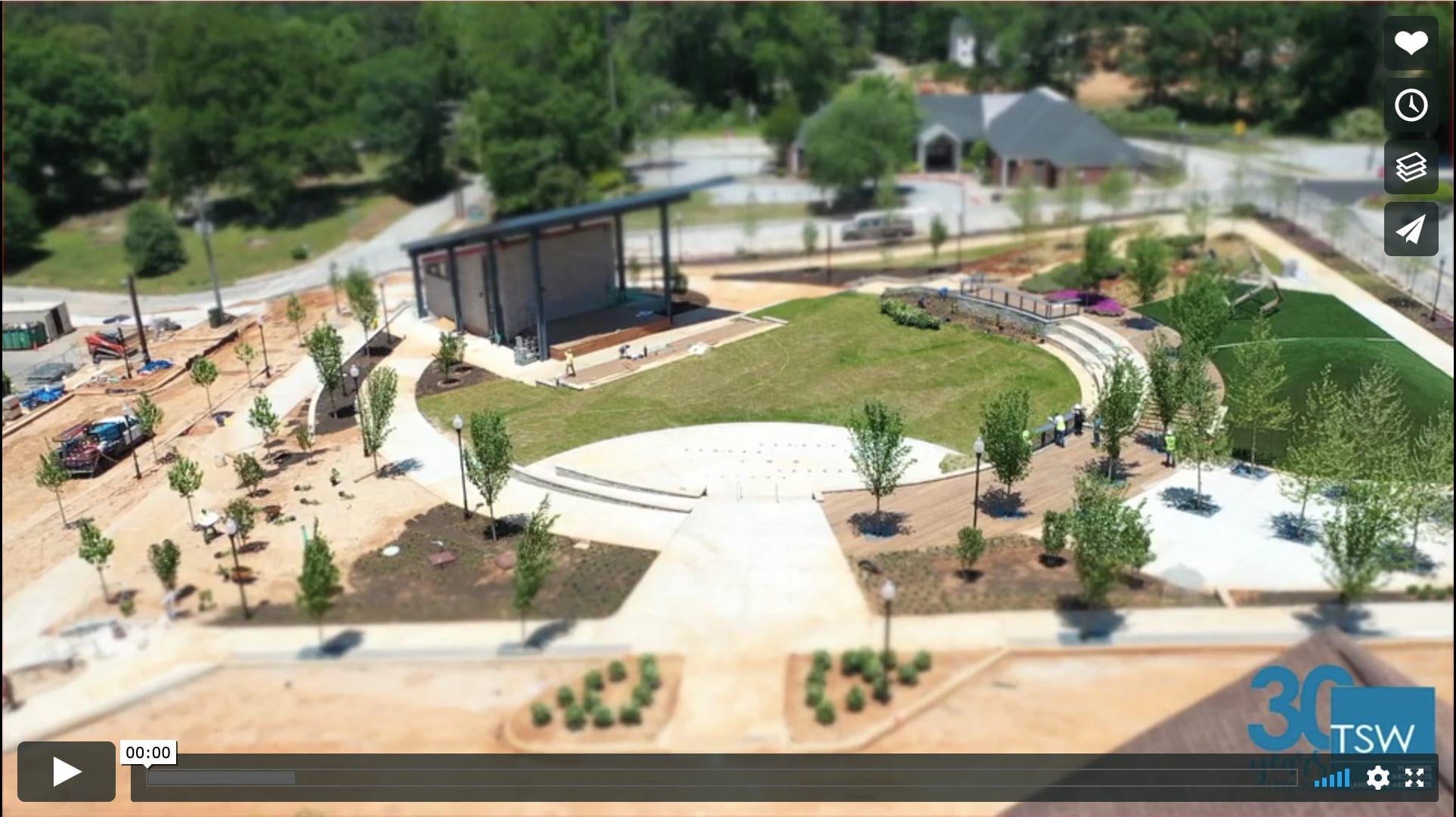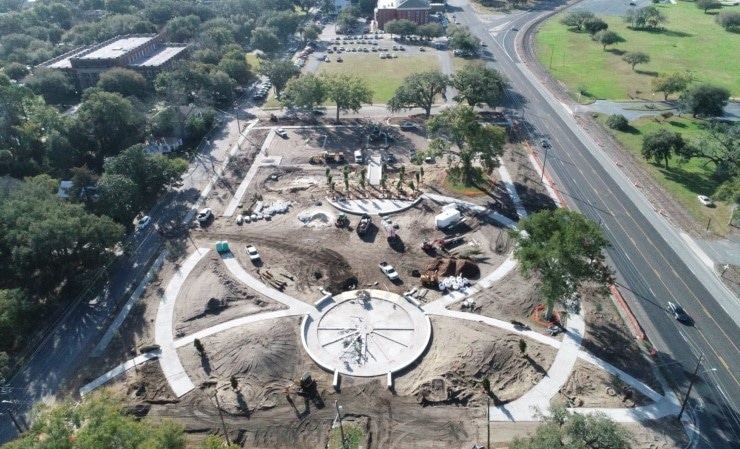Landscape architecture is the art and science of designing and managing outdoor spaces, including public parks, gardens, plazas, streetscapes, and other types of open spaces. It is a multi-disciplinary field that draws on concepts from architecture, engineering, urban planning, ecology, and the arts to create functional, sustainable, and attractive outdoor spaces that are tailored to the specific needs of the site and its users.
Landscape architects are responsible for the planning, design, and management of outdoor spaces, and they take into account a wide range of factors such as the site’s natural features, climate, and local ecology, as well as the needs and preferences of the users. They work with a variety of materials, including plants, soil, water, and hardscape elements such as paving and structures, to create outdoor spaces that are beautiful, functional, and sustainable.
One of the key principles of landscape architecture is the concept of sustainability. This means designing outdoor spaces that are environmentally friendly, energy-efficient, and that minimize their impact on the natural environment. Landscape architects use a variety of strategies to achieve this, such as selecting plant species that are well-suited to the local climate and ecology, and designing water and drainage systems that conserve resources and protect against flooding.
Another important aspect of landscape architecture is the concept of accessibility and inclusivity. This means designing outdoor spaces that are accessible and usable by people of all ages and abilities, and that take into account the needs of marginalized and underrepresented groups. This can include designing for people with disabilities, and creating outdoor spaces that are welcoming and accessible to all members of the community.
Landscape architecture also encompasses different styles, which are influenced by historical, cultural, and societal factors. These styles range from traditional styles such as English garden and French formal garden, to more modern styles such as naturalistic and contemporary landscape design. Each style has its own characteristics and features that make it unique.
In addition to design, landscape architects are also responsible for the management and maintenance of outdoor spaces, this includes working with horticulturists, arborists, and other specialists to ensure that the space is healthy, safe, and well-maintained. Landscape architects also work with urban planners, architects, engineers, and other professionals to ensure that outdoor spaces are integrated seamlessly into the overall design of a site or development.
Overall, landscape architecture is a complex and multi-disciplinary field that encompasses a wide range of disciplines and styles. It involves the design and management of outdoor spaces that are functional, sustainable, accessible and visually pleasing, and which meet the needs and preferences of the space’s users.










